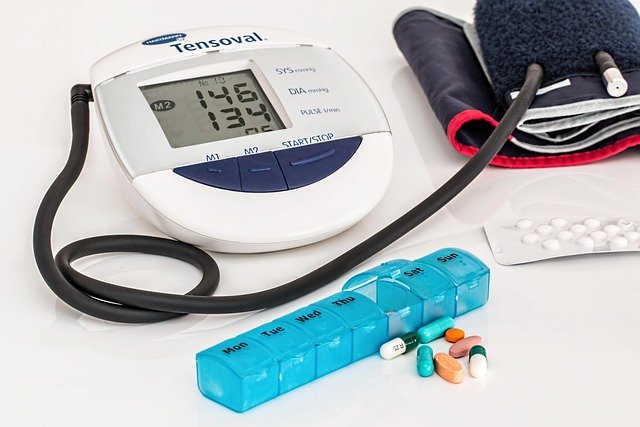Understanding Private Health Insurance and Financial Assistance Programs: A Comprehensive Guide
Navigating the complex world of private health insurance and financial assistance programs can be overwhelming. From copay cards to need-based assistance, understanding your options and eligibility requirements is crucial for maximizing healthcare benefits while managing costs. This guide explores various financial assistance programs and insurance policies to help you make informed decisions about your healthcare coverage.

What Are Patient Financial Assistance Programs?
Patient financial assistance programs are designed to help individuals afford necessary medical care and prescription medications. These programs typically fall into several categories:
-
Manufacturer assistance programs for prescription medications
-
Hospital-based charity care programs
-
Non-profit organization support
-
Government-sponsored assistance initiatives
These programs can significantly reduce out-of-pocket expenses for eligible patients, covering anywhere from a portion to the full cost of medical care or medications.
How Do Copay Cards Differ From Need-Based Assistance?
Copay cards and need-based assistance serve different purposes in the healthcare financial landscape:
Copay cards are typically offered by pharmaceutical manufacturers to reduce out-of-pocket costs for specific medications. They work like coupons at the pharmacy counter, regardless of income level.
Need-based assistance programs, however, consider factors such as:
-
Income level
-
Household size
-
Insurance status
-
Medical condition severity
What Are the Eligibility Requirements for Different Insurance Types?
Private health insurance eligibility varies by plan type and provider:
Individual Plans:
-
Must enroll during open enrollment or qualifying life events
-
No medical underwriting under ACA regulations
-
Income requirements for marketplace subsidies
Group Plans:
-
Employment status requirements
-
Minimum work hours
-
Waiting periods for new employees
-
Dependent coverage options
How Do Accumulator and Maximizer Policies Impact Your Benefits?
Accumulator and maximizer programs are increasingly common insurance policies that affect how manufacturer assistance is applied to deductibles and out-of-pocket maximums:
Accumulator Programs:
-
Prevent manufacturer assistance from counting toward deductibles
-
May increase patient financial responsibility
-
Track actual patient payments separately
Maximizer Programs:
-
Adjust copay amounts to maximize manufacturer assistance
-
Can affect total out-of-pocket costs
-
May require enrollment in specific programs
| Program Type | Average Annual Cost | Typical Coverage Level |
|---|---|---|
| Bronze Plans | $6,000-$8,000 | 60% of medical costs |
| Silver Plans | $8,000-$10,000 | 70% of medical costs |
| Gold Plans | $10,000-$12,000 | 80% of medical costs |
| Platinum Plans | $12,000-$15,000 | 90% of medical costs |
Prices, rates, or cost estimates mentioned in this article are based on the latest available information but may change over time. Independent research is advised before making financial decisions.
Unique Healthcare Assistance Facts in the United States
Several unique aspects of healthcare assistance in the U.S. deserve attention:
-
Tax credits and subsidies available through the ACA marketplace
-
State-specific programs and requirements
-
Special enrollment periods for qualifying life events
-
Integration of private and public assistance programs
-
Prescription drug assistance variations by state
Understanding these programs and policies helps ensure you maximize available benefits while minimizing out-of-pocket costs. Regular review of your insurance options and available assistance programs can lead to significant healthcare savings.
This article is for informational purposes only and should not be considered medical advice. Please consult a qualified healthcare professional for personalized guidance and treatment.




